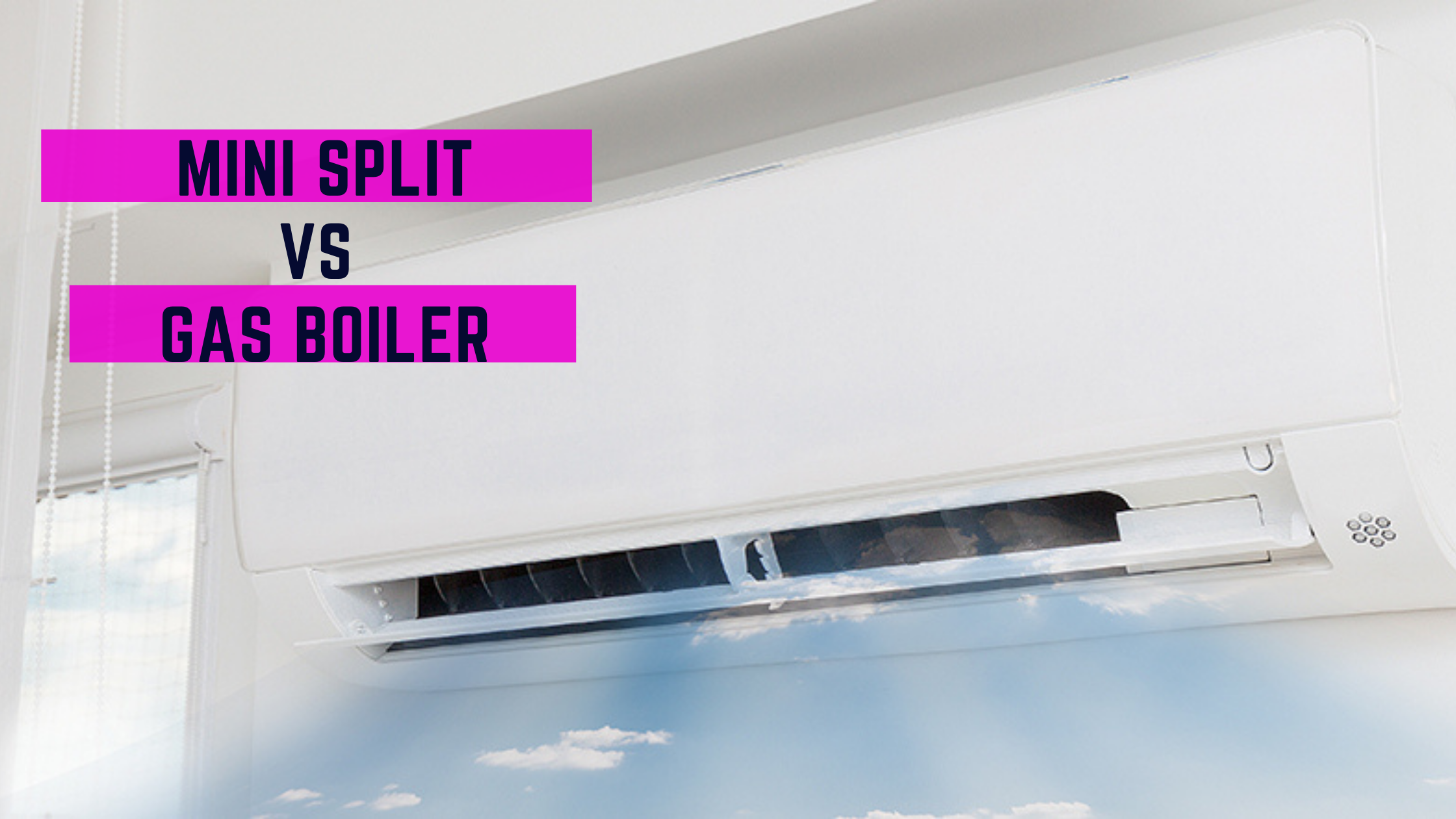Hi! In full disclosure, we may earn money from companies (like Amazon) mentioned in this post if you make a purchase through our links. Thanks in advance for the support!

How is a Mini-Split/Ductless Air Conditioner Different from a Traditional Air Conditioner?
When it comes to cooling your home, there are a few options to choose from. Traditional air conditioners have been widely used for decades, but in recent years, mini-split or ductless air conditioners have gained popularity. So, what sets them apart? Let’s explore the key differences.
1. Installation Process
Traditional air conditioners require extensive ductwork to distribute cool air throughout your home. This means that if your property doesn’t already have ducts, installation can be a complex and costly process. On the other hand, mini-split air conditioners consist of two main components: an outdoor compressor and one or more indoor units. These indoor units are mounted on the wall or ceiling and require only a small hole for the refrigerant lines, making installation much simpler and less invasive.
2. Flexibility
One major advantage of mini-split air conditioners is their flexibility. With traditional systems, the cool air is distributed through ducts, limiting your control over individual room temperatures. However, with mini-split units, each indoor unit operates independently, allowing you to set specific temperatures for each room. This ensures personalized comfort and can also help save energy by cooling only occupied areas.
3. Energy Efficiency
In terms of energy efficiency, mini-split air conditioners have the upper hand. Traditional systems can suffer from significant energy losses due to duct leaks and inadequate insulation. Mini-split units, on the other hand, bypass the need for ducts, reducing the potential for energy wastage. Additionally, mini-split systems often have programmable thermostats and advanced features like motion sensors, further optimizing energy consumption.
4. Noise Level
Noise can be a significant factor to consider when choosing an air conditioner. Traditional systems can be quite noisy, as the noisy components are often located in or near the living spaces. Mini-split air conditioners, however, have the advantage of separating the noisy outdoor compressor from the indoor units. This results in a quieter indoor environment, making mini-split units ideal for bedrooms or other areas where peace and quiet are desired.
5. Aesthetics
Traditional air conditioners can be bulky and take up a considerable amount of space both inside and outside your home. In contrast, mini-split units are sleek and compact in design. The indoor units are typically mounted high on the walls or ceiling, blending seamlessly with your decor. The outdoor unit can also be placed discreetly, reducing the visual impact on your property.
Conclusion
In summary, mini-split or ductless air conditioners offer several advantages over traditional cooling systems. They require easier and less invasive installation, provide flexibility with independent temperature control, offer improved energy efficiency, reduce noise levels, and have a sleeker design. If you’re looking for a modern, efficient, and customizable cooling solution, a mini-split air conditioner may be worth considering.
Call for Quote: 1.855.920.1857
Call for Quote: 1.855.920.1857
Call for Quote: 1.855.920.1857


